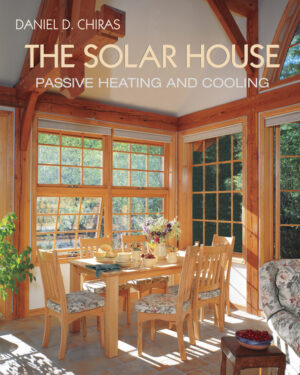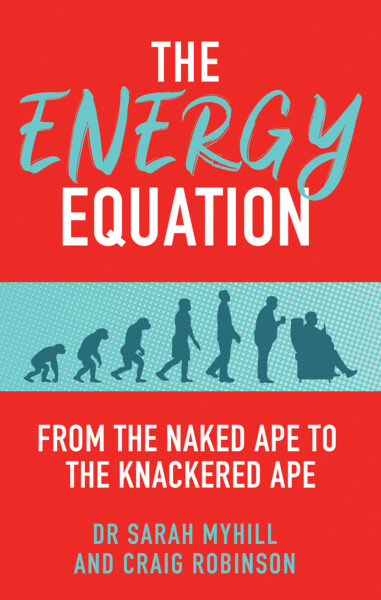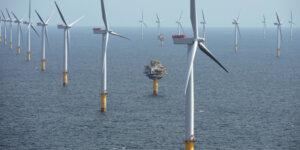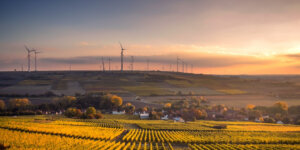Heat Your Home with Renewable Fuels: The G.O.R.E. Project

The following article has been adapted for the web from Natural Home Heating: The Complete Guide to Renewable Energy Options by Greg Pahl.
Shifting from our current reliance on fossil fuels to the use of renewable sources of energy is a tall order. But every little bit helps, and changing the way we heat our homes is an important part of the larger initiative. Heating your home with renewables is a particularly attractive strategy because it’s something that you can do yourself, right now; you don’t have to wait for the government to act. Switching to renewable fuels may involve some modifications to your heating system, your home, and possibly your daily routine. There are many options, and each one has relative advantages and disadvantages.
The Sun
Technically, the sun isn’t a fuel; it’s an energy source. But for the purposes of this chapter, let’s consider it as a fuel. From a human perspective, the sun is an inexhaustible source of energy. Enough solar energy strikes the Earth in one hour to power all human activities for an entire year. Much of this energy turns into heat, but plants absorb some of it as light energy. The plants, in turn, transform this solar energy into chemical energy through photosynthesis. All of the renewable fuels we’ll be looking at in this chapter are ultimately derived from photosynthesis, except for geothermal.
Under the right conditions, the sun can be used as a “fuel” for both space heating and domestic-hot-water heating. However, use of the sun requires careful home design and becomes more problematic the farther north you live. Especially in most northern locations, some form of backup heat is required.
Solar Pros and Cons
Pros
- Infinite supply
- Nonpolluting
- Brightens and warms a home on cold, dark winter days
- Free
Cons
- Needs to be part of basic house design for maximum effect
- Not always available
- Less practical in northern latitudes
- Requires thermal storage to be effective
Wood
Wood is the oldest true heating fuel. Our earliest ancestors used wood for cooking and home heating for hundreds of thousands of years. But in the late 19th century, wood fell out of favor and was replaced by fossil fuels. Since the oil embargo in 1973 of the Organization of Petroleum Exporting Countries (OPEC), however, wood has once again become a viable home heating fuel in the United States (in many other parts of the world, wood never stopped being a fuel).
Heating with wood does not contribute to global warming as long as it is part of a managed resource cycle that includes replanting trees. The carbon dioxide that is released when wood is burned is taken up by the replacement trees that grow in a sustainably managed forest. This cycle can be repeated indefinitely without increasing atmospheric carbon. The same rule applies to all “biomass” (wood, wood pellets, vegetation, grains, or agricultural waste) used as a fuel or energy source.
If you are considering heating with wood, find a reliable long-term source of firewood in your area. This may be difficult, especially in many urban locations, and could cause you to choose a different fuel source instead. Check local regulations too: concerns about air pollution caused by smoky wood fires have prompted some municipalities and states to restrict the use of wood-burning appliances. You will also need a place to store your firewood.
The heat production of wood varies, depending on moisture content and species. Most hardwoods typically produce around 29 million Btu per cord, while softwood only puts out around 17 million Btu per cord.
Wood Pros and Cons
Pros
- Fairly low operating costs
- Can be used in a wide variety of heating appliances
- Generally does not require electricity
- Low environmental impact if sustainably harvested wood is used and if it is burned responsibly
Cons
- More dangerous than some fuels if heating appliances are not properly installed or maintained
- Storage space and heavy physical labor required
- Creates indoor dirt and dust problems
- Requires a properly maintained chimney
- Can cause air-quality problems both indoors and outdoors
- Combustion gases can spill into the living space during a malfunction
- May increase fire insurance premiums
Pellets
Wood pellets are a relatively new heating fuel developed following the OPEC oil embargo. Pellets for home heating are generally made from sawdust and ground wood chips, which are waste materials from processing of trees for furniture, lumber, and other products.The productive use of material that would otherwise be wasted is a strong argument for using pellets for heating purposes, but there are other good reasons, too. Because of their design, most pellet-fueled heating appliances burn fuel steadily and very efficiently, with extremely low combustion emissions. Pellet-burning appliances need to be vented but don’t require a standard chimney.
Heating costs for pellets are generally lower than for electricity, biodiesel, fuel oil, and propane and about the same as for fuel oil and natural gas. Bags of pellet fuel are easy to handle and store; far less daily labor is required than for tending a wood- stove.A pound of wood pellets produces about 9,000 Btu; this is equivalent to 18 million Btu per ton.
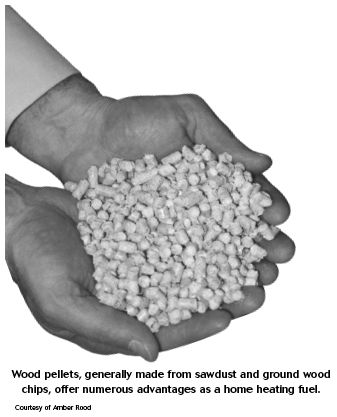
Pellet Pros and Cons
Pros
- Competitive operating costs
- Easy to store and handle
- Burns cleanly
- Low environmental impact
- Steady heat
- No chimney is required
Cons
- Storage space and some physical labor required
- Most pellet appliances require electricity
- Combustion gases can spill into the living space during a malfunction
Recommended Reads
Recent Articles
Looking for a new way to enjoy the benefits of your garden all year long? Follow this easy tutorial for making drying trays to expand the lifespan of fruits, vegetables, and herbs. The following is an excerpt from Preserving Food Without Freezing or Canning by The Gardeners & Farmers of Terre Vivante. It has been adapted for…
Read MoreGetting ready to pile on the blankets this winter? Warm up your home and increase efficiency this winter by weatherproofing or replacing your windows! The following is an excerpt from The Greened Hour Effect by Jeff Wilson. It has been adapted for the web. Weatherproofing Windows for Winter Unfortunately, shopping for windows can be frustrating. The…
Read MoreThe new threshold for green building is not just low energy, it’s net-zero energy. In The New Net Zero, sustainable architect Bill Maclay charts the path for designers and builders interested in exploring green design’s new frontier net-zero-energy structures that produce as much energy as they consume and are carbon neutral. The following is an excerpt…
Read MoreScientists maintain that a mere 2 percent increase in the carbon content of the planet’s soils could offset 100 percent of all greenhouse gas emissions going into the atmosphere. But how could this be accomplished? What would it cost? Is it even possible? The following is an excerpt from Grass, Soil, Hope by Courtney White. It has been…
Read MoreAt the rate humanity is currently burning fossil fuels, we will create an uninhabitable earth long before we run out. So if the pressure of a finite resource doesn’t push us towards a renewable energy revolution, what will? And what will this revolution look like? This is an excerpt from A Small Farm Future by Chris…
Read More

